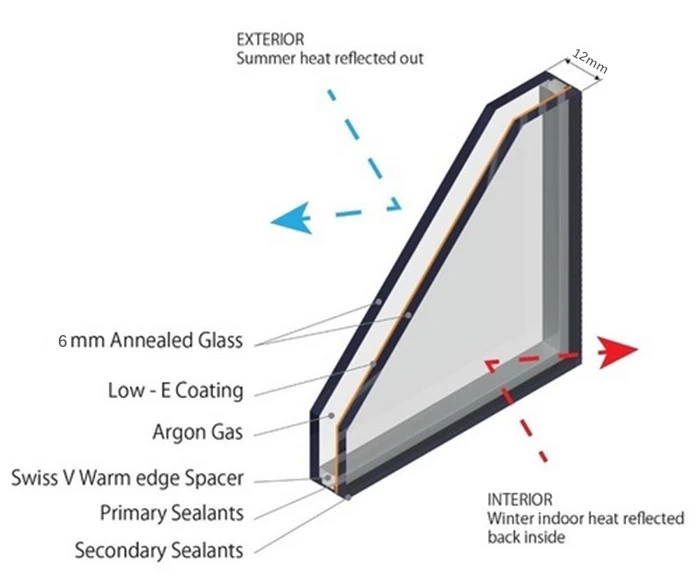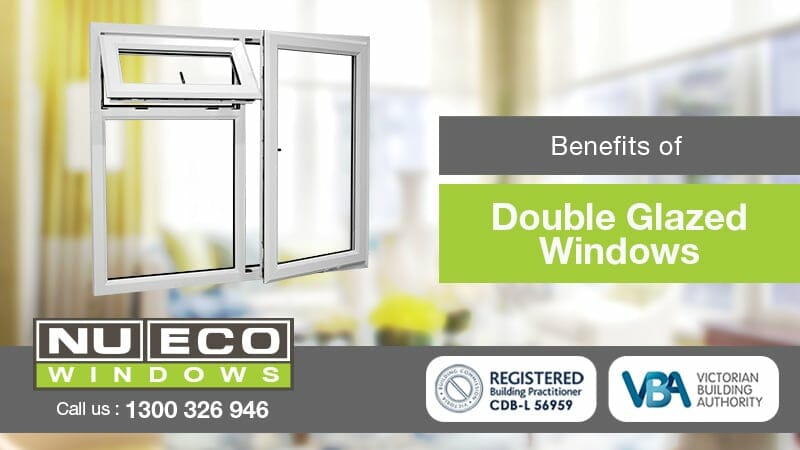All Categories
Featured
Table of Contents
Brisbane's Best Double Glazed Windows in Swanbourne Perth
Laminated glass is frequently used in locations in the home most vulnerable to injury from human impact such as bathrooms, doors, around staircases and in locations near to the floor (it satisfies the requirements of 'security glass' that is mandated for use in these locations by Australian Standard AS 1288 Glass in structures).
Toughened glass has actually been 'tempered' by being reheated and rapidly cooled again. This procedure makes it much stronger than standard glass it can withstand greater effect loads before breaking. It also makes it more secure since, when it does shatter, it burglarizes numerous small cubic pieces rather than hazardous fragments.
Climateframe Double Glazing: Perth's Double Glazed ... in Viveash WA
Nevertheless, toughened glass has no thermal or acoustic advantages over other glass of the same toning or thickness. Secondary glazing is where single-glazed windows are retrofitted with a transparent acrylic or glass sheet connected to the inside of the frame or openable sash with a secondary frame or with magnetic strips.


Secondary glazing will not perform too thermally as a manufactured IGU, because it is difficult to completely seal the boundary, but it can offer excellent sound control. Window films are a thin polymer film containing a taking in dye or reflective metal layer, with an adhesive support. They adhere to your glazing to change its colour or make it reflective.
Single Vs Double Vs Triple - Which Window Is Right For Your ... in Shelley Perth
Applied to existing glass, some window movies can halve the total SHGC of the window by soaking up and/or reflecting solar radiation. This can be particularly advantageous in hotter environments where cooling is the main issue, or on east and west elevations straight exposed to long periods of sunshine. However, window films may likewise minimize visible light transmittance.

For this factor, it is generally best to utilize a certified installer of window film. Frames have a significant influence on the thermal efficiency of doors and windows, due to the fact that energy can be gotten and lost through the frame, along with through the glass. Various types of frame will allow various levels of heat gain and loss, so careful option of frame is necessary for reliable passive style.
Which Type Of Double Glazed Window Frame Is Right For You? in Walliston WA
However, aluminium is likewise a very good conductor of heat and will reduce the insulating worth of a glazing system, unless specifically engineered to lower this. A 'thermally broken' frame is comprised of 2 aluminium areas connected by a structural insulator (generally a low-conductivity structural polymer). This 'breaks' the thermal connection through the aluminium and minimizes the heat streaming through the frame.
Timber frames are a good natural insulator that can fit some house styles. Wood frames must be made from types that have naturally high resilience or be treated to prevent decay and contortion.
Benefits Of Double Glazing Low-e in Inglewood Western Australia
This can result in gaps that permit air seepage unless excellent draught sealing (weather condition removing) is set up. u, PVC is a kind of plastic (unplasticised polyvinyl chloride, likewise referred to as rigid PVC). u, PVC frames provide exceptional thermal efficiency, often better than timber or thermally damaged aluminium. u, PVC is long enduring and requires extremely little upkeep, and can be moulded into complex profiles that supply excellent air seals.
u, PVC windows and doors have exceptional thermal efficiency Picture: Ben Wrigley (Light House Architecture and Science) Composite frames use aluminium profiles on the outer sections with either a lumber or u, PVC inner area. These integrate the low maintenance and durability of aluminium with much improved thermal performance.
Latest Posts
Secondary Glazing: A Buyers Guide in Bibra Lake WA
Double Glazing in Swan View WA
Double Glazed Windows In The Summer in Myaree Western Australia